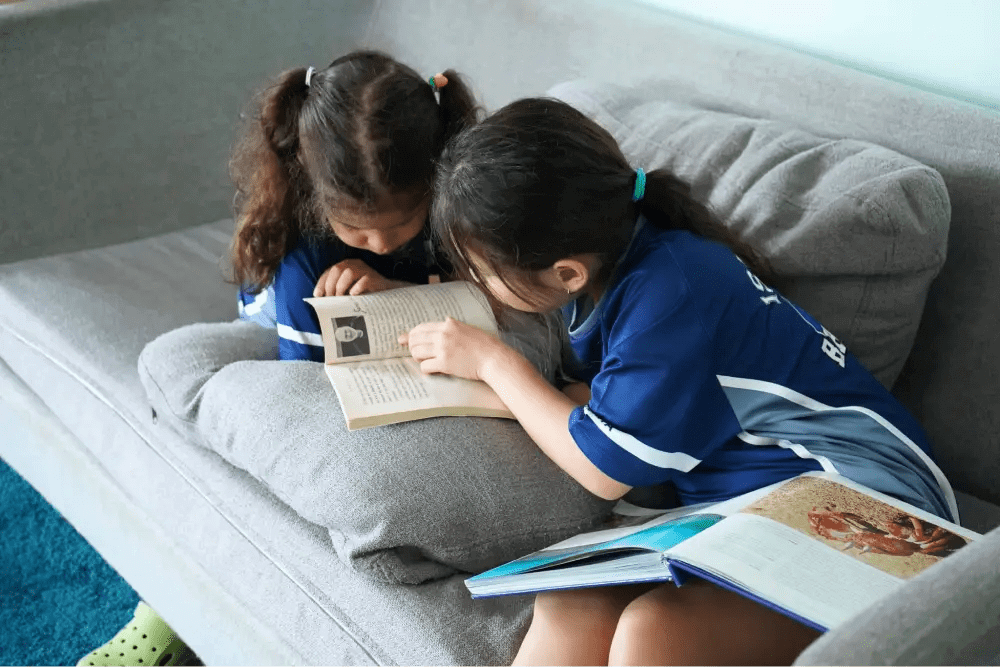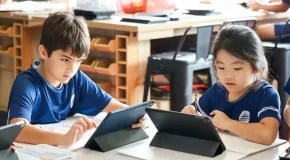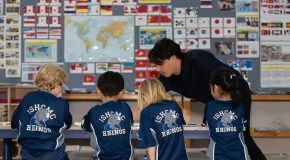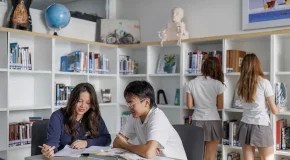Practices to Promote Cultural Diversity in Early Childhood Education
Incorporating cultural diversity into early childhood education is essential for fostering an inclusive, respectful, and well-rounded learning environment. By embracing and celebrating different cultures, traditions, and perspectives, educators can help young children develop a deep appreciation for the world’s rich diversity. This not only enhances their social and emotional growth but also prepares them to thrive in a multicultural society.
In this blog, we’ll outline best practices for promoting cultural diversity in early childhood education, offering actionable strategies that educators and caregivers can use to create a classroom environment where every child feels valued and respected.
Creating a Diverse and Inclusive Classroom Environment
One effective way to promote cultural diversity in preschool is through multicultural books. Educators should introduce books that feature characters with diverse abilities, backgrounds, and experiences.
Books like Hair Love (Matthew A. Cherry) and What Happened to You? (James Catchpole) help children identify similarities with the characters and learn how to interact with people who may be different.
It would be best to integrate culturally diverse perspectives into daily teaching practices. Educators can highlight the contributions of individuals from different cultural backgrounds and talk about those who have fought against discrimination.
After the book-reading time, give students time to discuss their thoughts. Educators can incorporate these insights into everyday classroom interactions to foster an inclusive learning environment year-round.
Decorations also play a significant role in creating an inclusive environment that supports how to promote cultural diversity in early childhood. Schools can decorate classrooms with materials to represent the diverse backgrounds of students.
The decorations include posters, artwork, and artifacts celebrating various holidays and traditions. By reflecting different cultures in the classroom, you create a welcoming space where all students feel respected and valued.
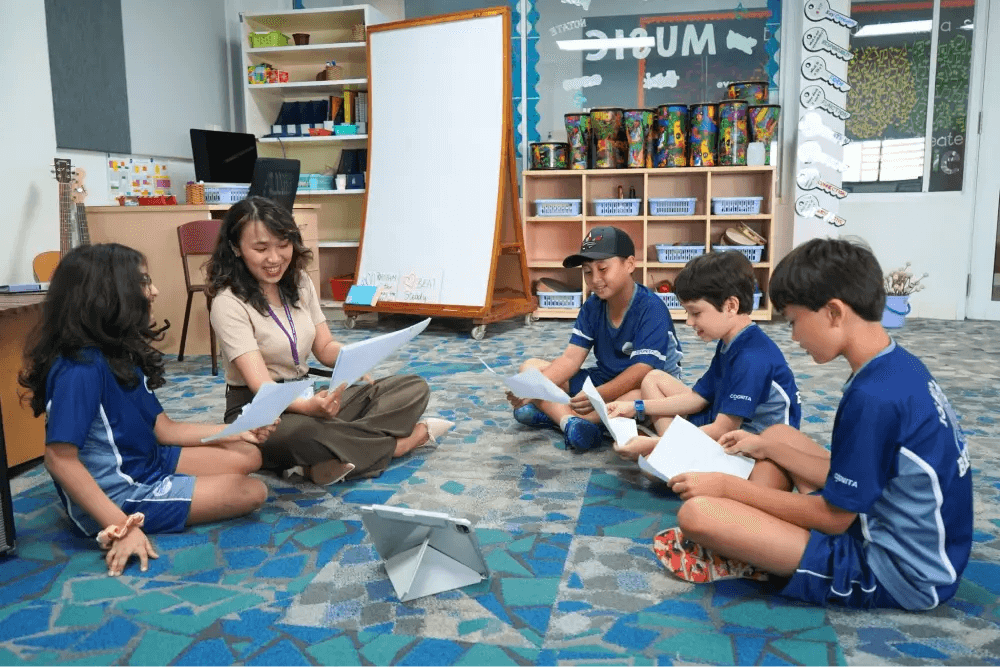
Including Activities from Different Cultures in the Curriculum
Educators should engage students in interactive and immersive activities to develop a deeper appreciation of diverse cultures. The following ideas can work on how to promote cultural diversity in early childhood:
- Travel station: A travel station allows students to “visit” different countries and learn about their traditions. Remember to update the “station” with new places throughout the year to keep the experience fresh and engaging, enabling children to explore the world beyond their immediate environment.
- Holiday celebration: Celebrations promote cultural awareness and inclusion in early childhood education. Schools can plan celebrations that honor different traditions worldwide to give students a hands-on understanding of various cultures.
- Culture exploration: Culture comes in various forms, such as music, art, and folktales, each reflecting part of the values of different communities. Exploring these cultural sources can enrich children’s knowledge of diversity. For example, educators can ask them to listen to traditional music, create crafts, and read folktales. This exposure allows children to develop a respect for the creativity and heritage of other communities.
- Sharing: Design activities to encourage students to share their culture and family background. They can reflect on their identity and foster a sense of pride within the classroom. Such activities also help them learn to appreciate the diversity in their peer groups, teaching them to respect differences.

Encouraging Family and Community Involvement
It would be perfect when families and schools work together on how to promote cultural diversity in early childhood. Parents and educators can create a consistent and supportive environment that reinforces learning and development anywhere the child is.
One powerful way to encourage this involvement is by inviting parents to share their cultural backgrounds with the class. For example, parents can come into the classroom to talk about their traditions, holidays, or the languages they speak at home. After the meetings, educators deeply understand specific cultural practices and values, allowing them to integrate this knowledge into the curriculum.
Additionally, schools can organize Celebration of Cultures Week (with a Flag parade) or a world food fest, where families can set up displays to represent their cultural traditions. Such occasions create a vibrant atmosphere of celebration and learning. Children can interactively explore different cultures. Schools can also allow the broader community to come together, fostering a sense of unity.
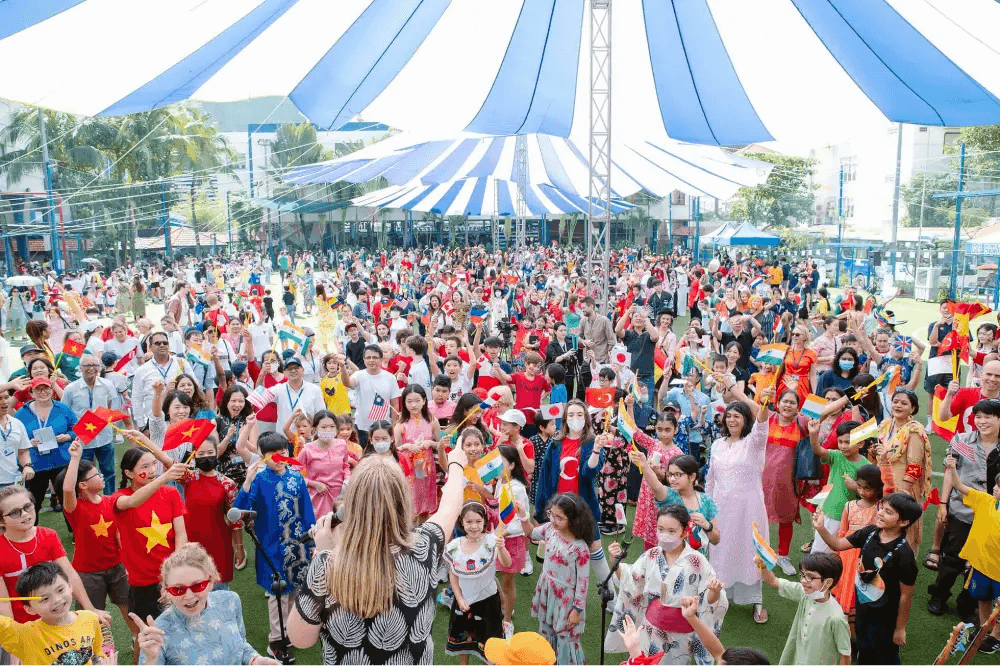
Fostering cultural diversity in early childhood is a cornerstone of ISHCMC’s mission. We are committed to building a vibrant, diverse community that embodies our dedication to creating an internationally minded educational environment, as outlined in our school mission.
Through activities like the Celebration of Culture Week, which features a Flag Parade, and our World Food Fest, we actively celebrate and embrace the rich tapestry of cultures, nationalities, and perspectives within our community. These events showcase our diverse community and play a crucial role in helping each member flourish as an empowered learner. At ISHCMC, our educators and staff encourage respect for all cultures, fostering a sense of global citizenship among our students, who learn to understand and value human diversity.
Nurturing Cultural Awareness with ISHCMC
Understanding how to promote cultural diversity in early childhood is crucial for fostering empathy, creativity, and global awareness. ISHCMC, as the first IB World School in Ho Chi Minh City, demonstrates our dedication to international education through our comprehensive IB Curriculum, tailored to different age groups. This approach encourages students to explore diverse cultures, perspectives, and real-world connections. We also prepare students for global challenges by emphasizing critical thinking and cross-cultural understanding.
To join this dynamic community, apply to ISHCMC today! Let’s see how our dedication to excellence prepares your children for a future where they thrive as globally-minded individuals!

